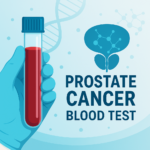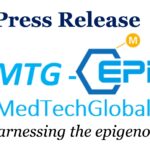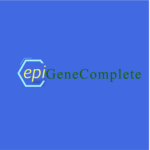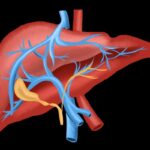Does physical activity extend your lifespan?

Scientists have already discovered how to determine your organic, biological age but how will this knowledge aid and better educate us? An ever-growing database of evidence is linking our quality of life to our natural biological age. Therefore, this information can help an individual make proper, healthy lifestyle choices that may halt the aging process and result in a better overall quality of life.
A group of scientists from the Central Forensic Laboratory of the Warsaw Police collaborated with the universities of Poland and Spain to provide further scientific evidence in order to prove their claims
DNA methylation of the genes associated with biological age was measured in 176 athletes and compared to 128 healthy individuals that agreed to partake in the control group.
Astonishingly, the biological age of athletes was substantially accelerated compared to the control group. In other words, the biological age of the athletes was older than their chronological age. This goes against the theory that physical activity improves cardio-vascular parameters, reduces the risk of cancer, and generally increases life expectancy.
How can this contradiction be explained?
It turned out that the most notable changes occurred in two (TRIM59 and KLF14) out of five studied genes associated with biological age. Both genes were known for their functions in the development of cancer and in the anti-inflammatory processes. TRIM59 is an oncogene, and KLF14 is an anti-inflammatory activity. Scientists hypothesize that a change in the activity of these genes, as a result of physical activity, can lead to an increase in life expectancy as a direct result of the decrease in the risk of cancer and chronic inflammation in patients.
This finding provides scientific evidence that epigenetic mechanisms may underpin the association of physical activity and longevity.
It is also an important step towards a more comprehensive and thorough understanding of the complex relationships between lifestyle and environmental influences on the biology of a human.
Reference:
https://www.ncbi.nlm.nih.gov/pubmed/29466246
doi: 10.18632/aging.101385
Recent Blog Posts
-
 13 Jun 2025MTL Epitherapeutics and RI-MUHC Develop Early Prostate Cancer Blood Test
13 Jun 2025MTL Epitherapeutics and RI-MUHC Develop Early Prostate Cancer Blood Test -
 11 Jan 2025EpiAge Research Publication Signals a New Era in Understanding Biological Aging
11 Jan 2025EpiAge Research Publication Signals a New Era in Understanding Biological Aging -
 18 Nov 2024EpiMedtech Global Announces FDA Registration of EPIAGE, the First Epigenetic Age Test Registered by the FDA
18 Nov 2024EpiMedtech Global Announces FDA Registration of EPIAGE, the First Epigenetic Age Test Registered by the FDA -
 18 Nov 2024EpiMedTech Global Validates Unique epiCervix HPV Combo Test for Cervical Cancer Detection
18 Nov 2024EpiMedTech Global Validates Unique epiCervix HPV Combo Test for Cervical Cancer Detection -
 31 Oct 2024HKG epiTherapeutics’ MetaGen Genetic Risk Assessment Test Receives FDA Registration, Now Available in the U.S.
31 Oct 2024HKG epiTherapeutics’ MetaGen Genetic Risk Assessment Test Receives FDA Registration, Now Available in the U.S. -
 31 Oct 2024EpiMedTech Global Launches epiGeneComplete: A Breakthrough Genetic and Epigenetic Test for Comprehensive Health Diagnostics
31 Oct 2024EpiMedTech Global Launches epiGeneComplete: A Breakthrough Genetic and Epigenetic Test for Comprehensive Health Diagnostics -
 30 Oct 2024Enhanced Early Detection of Liver Cancer
30 Oct 2024Enhanced Early Detection of Liver Cancer -
 08 Oct 2024Are Microarrays Still Reliable? How Next-Generation Sequencing Outperforms Traditional Methods
08 Oct 2024Are Microarrays Still Reliable? How Next-Generation Sequencing Outperforms Traditional Methods



